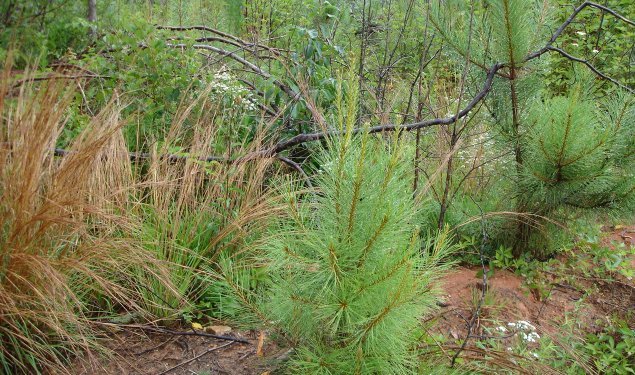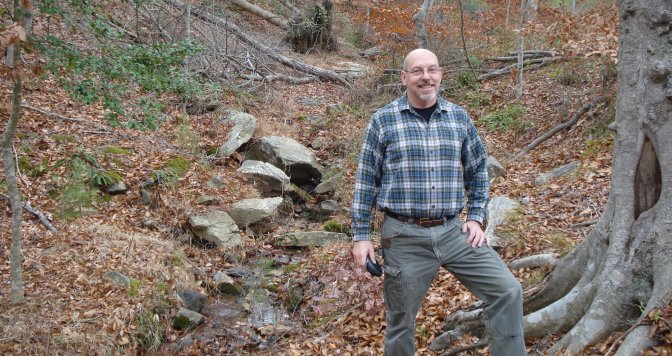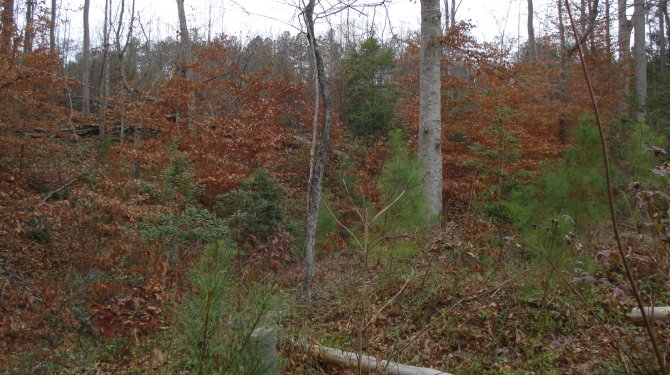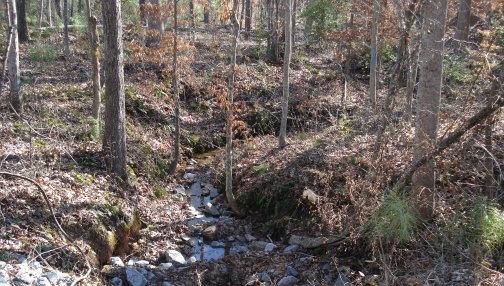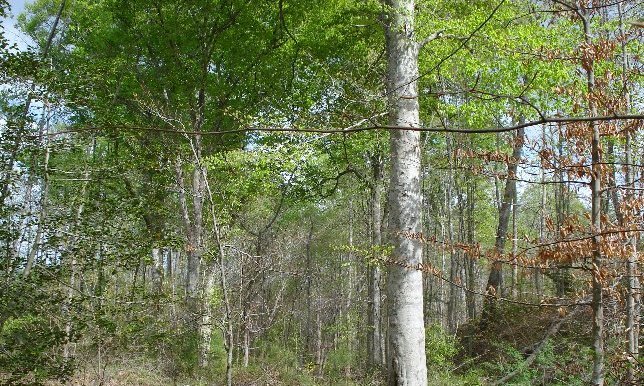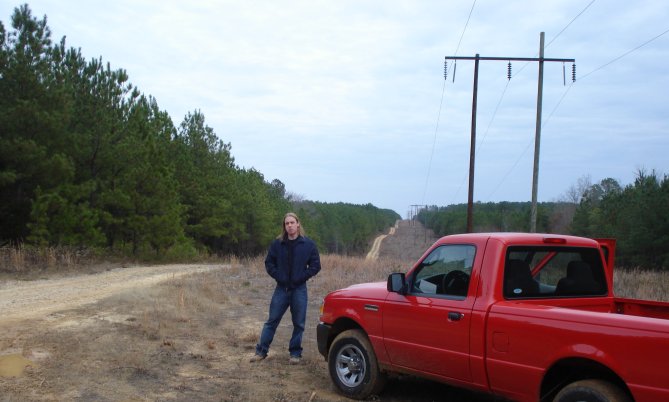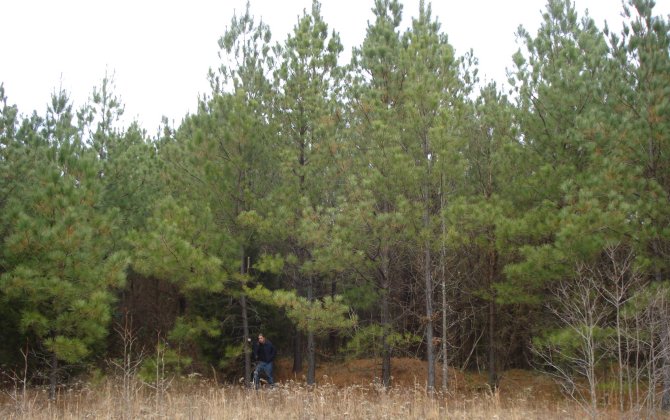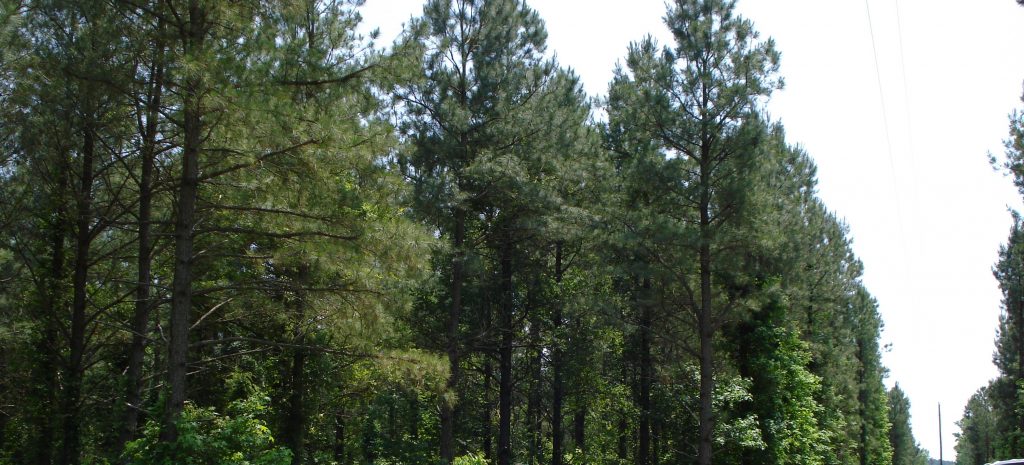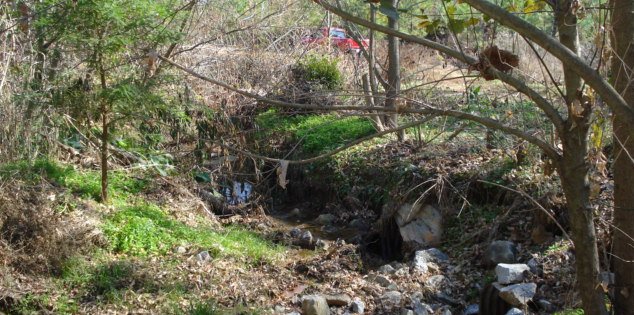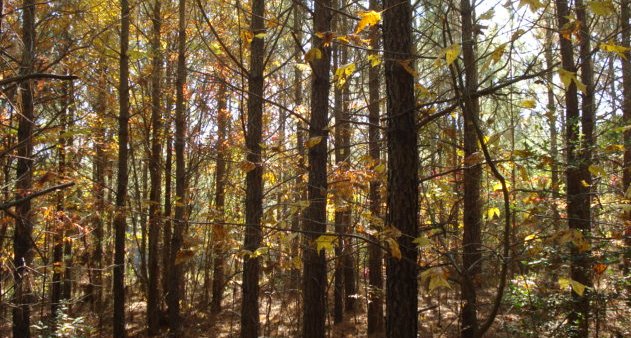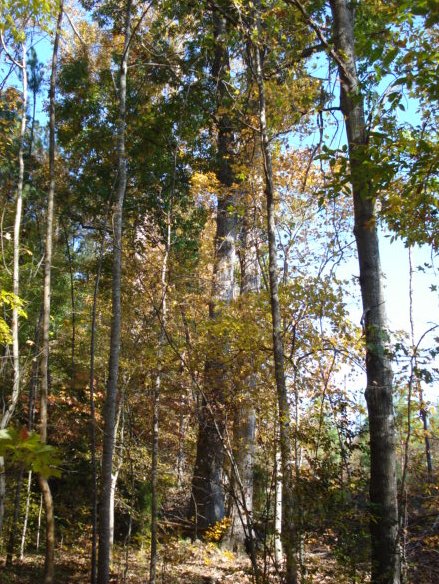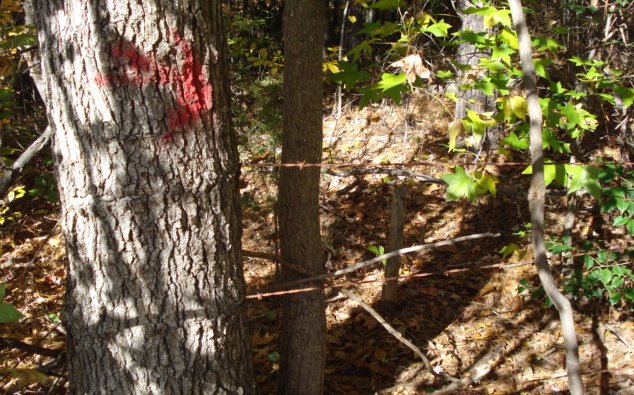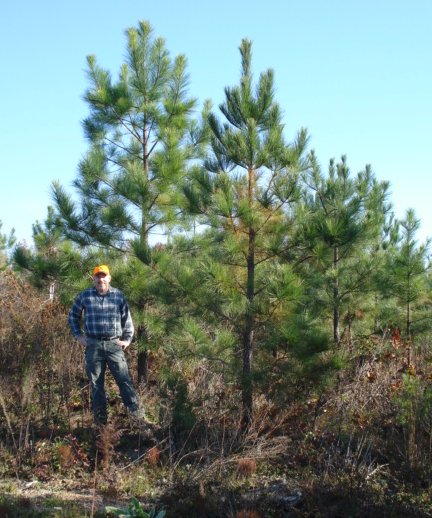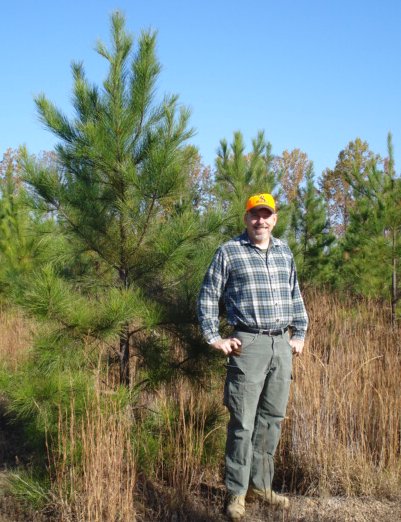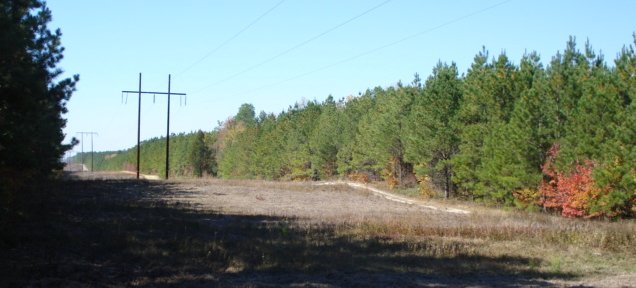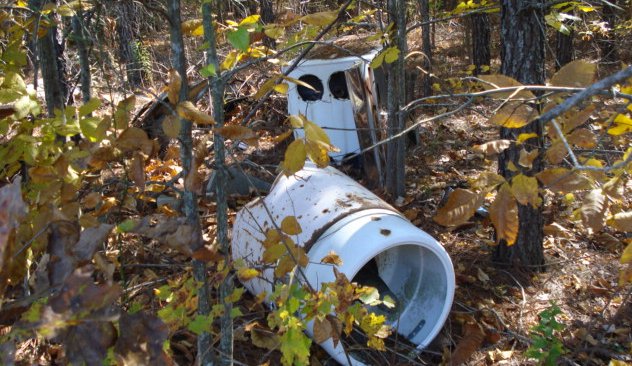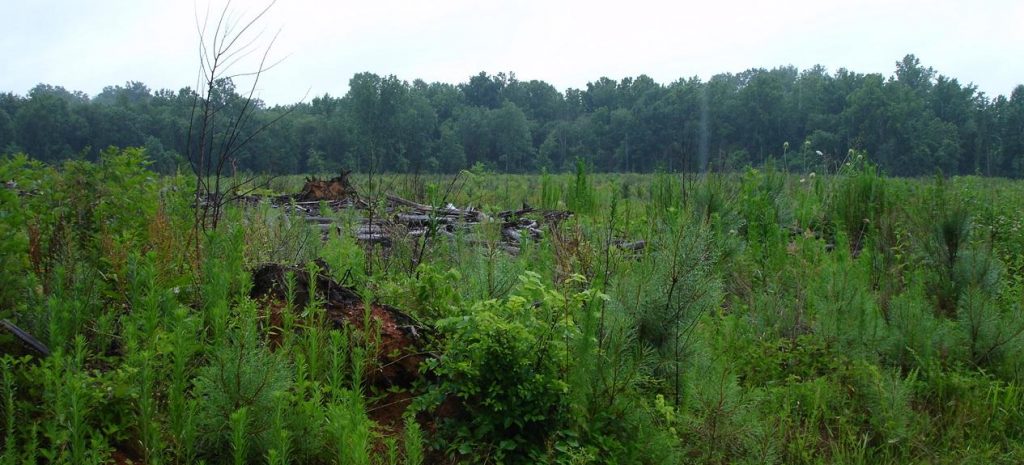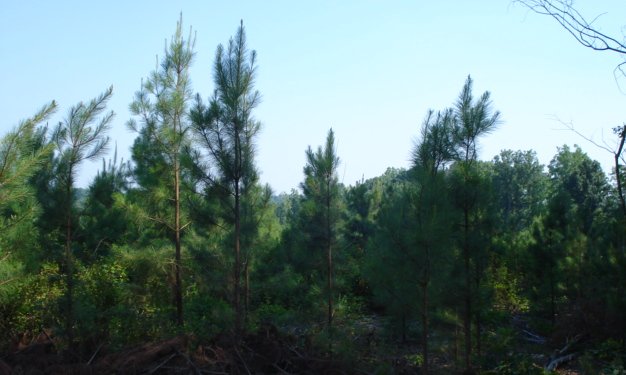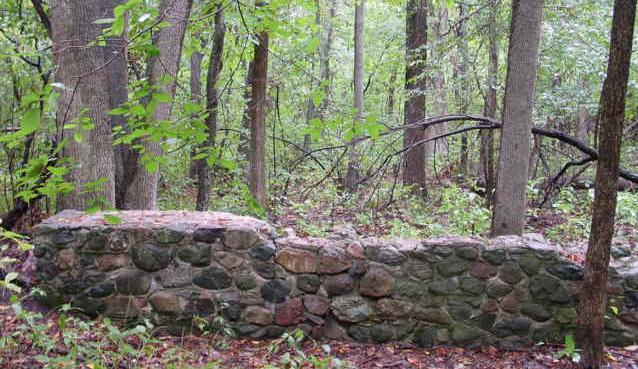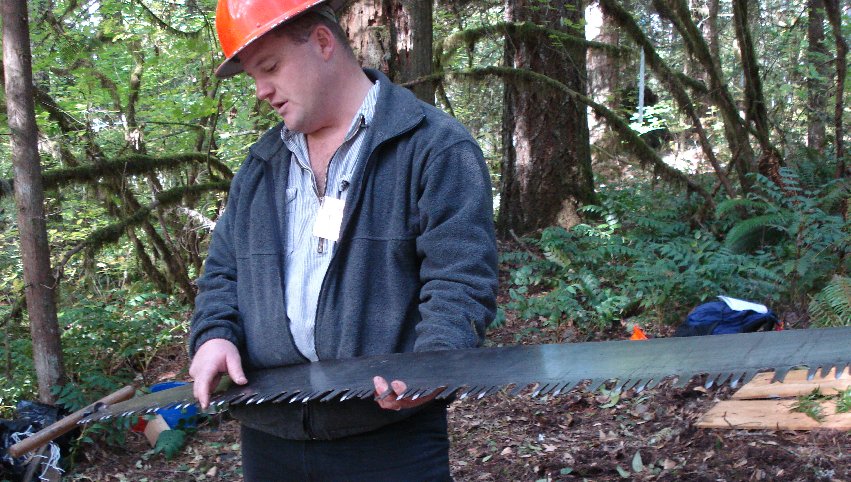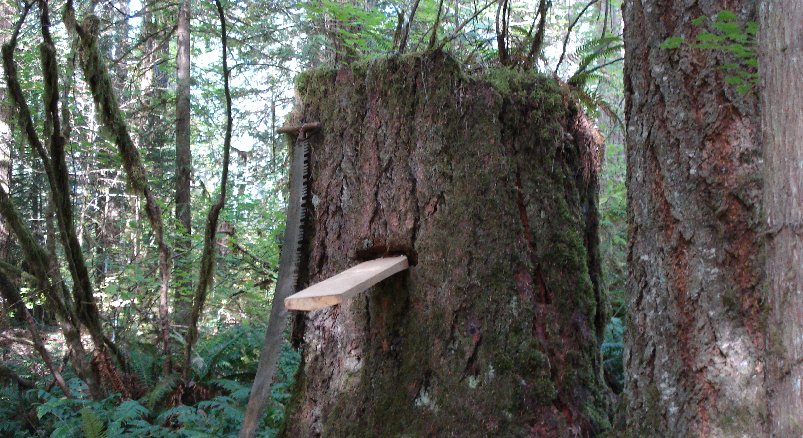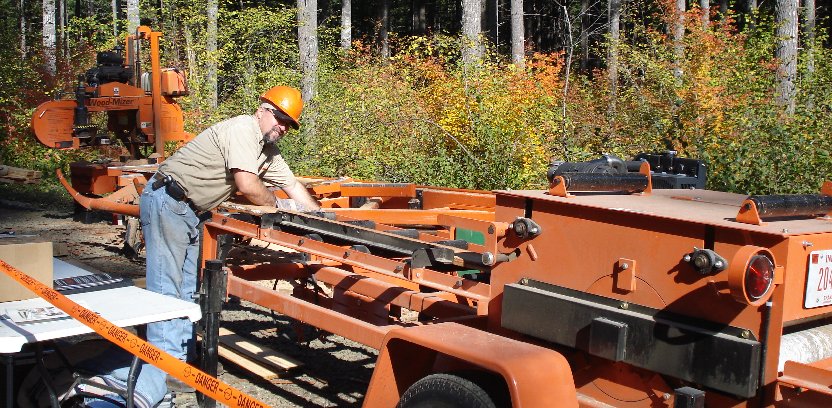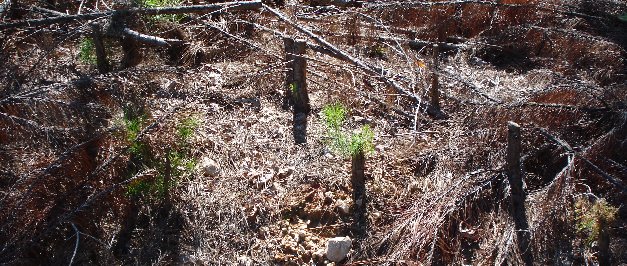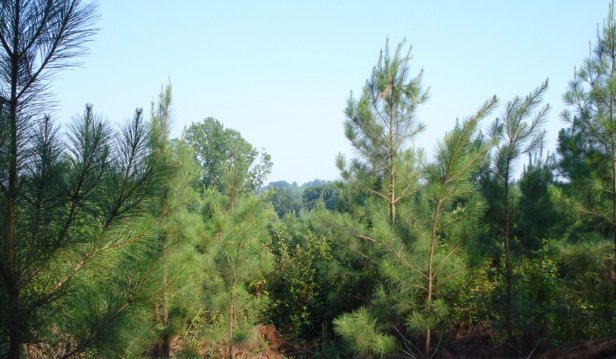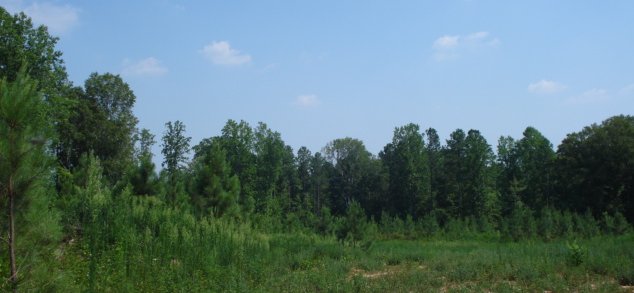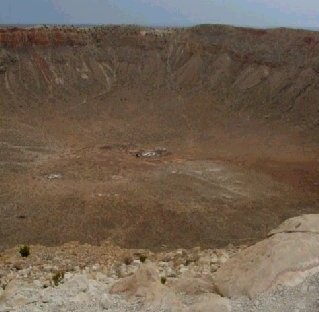
On the left is the meteor crater near Winslow, Arizona. Nature can make big footprints on its own.
I read an interesting article re environmental footprints. The author makes a good point that has long concerned me. The idea of an environmental (or carbon) footprint strongly implies that humans are fundamentally bad and that the best we can do limit the damage we create. Environmentalism has become a religion for some people and this “footprint” idea is the equivalent of original sin. Unfortunately, in this new religion there is no way to salvation. It is a pernicious & narcissistic viewpoint, in that it paralyses action. Those espousing it get to feel superior and in their narrow minds the notion that people are just a blight on the environment removes the responsibility any proactive duties.
Humans are in nature; humans are of nature and humans are part of nature. This is THE truth, not merely a truth and we should just acknowledge it because the silly pretense that we can make a clear separation between man and nature is destructive to both the environment and the humans that live in it. On the other hand, if we recognize the reality of the situation, we can make things better all around.
Below is a secondary growth forest near the Milwaukee airport
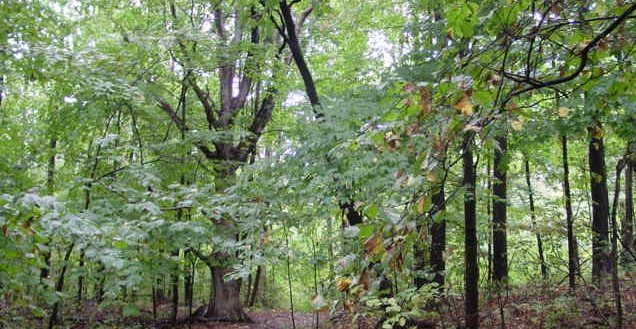
Ignoring environmental progress is irresponsible and all those ticking doomsday clocks are dishonest. Making good choices requires an accurate assessment of conditions, not one that is too optimistic, but also not one that is unjustifiably gloomy. The American environment is cleaner now than it was ten years ago. It is a lot cleaner than it was a generation ago and it will be cleaner still in the future. It is fashionable to focus on the failures and ignore the massive success. This is an example of the pseudo-religious aspects of environmentalism.
Below is a traditional Navajo lodge. Pre-industrial life was no picnic … maybe it was – all the time.
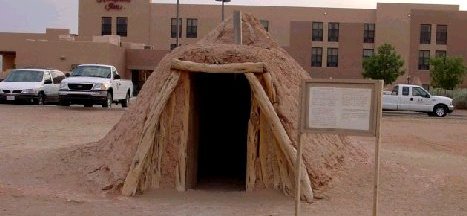
No matter how much some peculiar people claim to speak for or to Animals, trees, rocks etc, they are speaking to and as humans. The earth is not sentient. If it were, it would be hopelessly cruel. There was no life on earth at all for most of the planet’s existence and after that life suffered several mass extinctions well before the advent of humans. The dinosaurs went extinct at the end of the Mesozoic era. The Paleozoic extinction wiped out 90% of the species on earth and there were many others. And none of them mattered because there was nobody around who knew or cared. The current health of the earth matters a lot to us but all the judgments depend on human emotions and intelligence. There will come a time when the earth no longer supports human life. The earth will be no better or worse off. Nature doesn’t have a plan. Natural communities are complex and beautiful to US. They matter to US. I love nature but I know that my love is unrequited.
Below is Austin St in Milwaukee. The ash trees were planted in the middle of the 1970s.

Below same street in 1949. The little trees are elms that died in the early 1970s, so this is now the second growth. The guys standing there, BTW, are my father and my grandpa Haase.
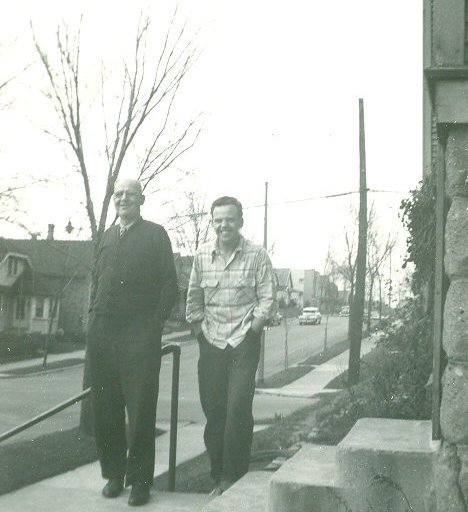
That is what leads me to blasphemy against the environmental religion that I am about to voice. Man can improve on nature. I am not saying that we usually do. There are plenty of examples of human greed and rapaciousness. But sustainable development is indeed possible. We can simultaneously make conditions better for humans and do so in an environmentally responsible way. The good news is that the bad news is wrong.
Tree farming is an excellent example of a human activity that produces useful products while sustaining and improving the environment. It wasn’t always like that. Timbering used to be very destructive and it still is in many parts of the world. But here in Virginia, it is now sustainable and if fact improves the environment in terms of making the water cleaner, removing pollution from the air and providing wildlife habitat. This is a tremendously hopeful development. What is possible in forestry is possible in other industries.
Below is a Colorado pasture, very beautiful, sustainable & natural looking but very much the result of human intervention and domestic animals.

In the long run, we cannot address our environmental challenges by turning down thermostats, doing w/o things we need or by not allowing economic development. And we certainly cannot make progress if we stupidly deny that progress is possible. We have to be smarter and we can be. A working forest in Virginia today is nearly twice as productive as it was 100 years ago in terms of the wood it produces per year, but it goes much beyond that. It is also better for the soil than it was, better for the wildlife, kinder to the water resources and in the course of production more attractive. It is a win all around, by everything we can measure. We can use forest land to absorb municipal waste in an environmentally sustainable fashion.
Below is Albert Einstein statue at National Academy of Sciences.
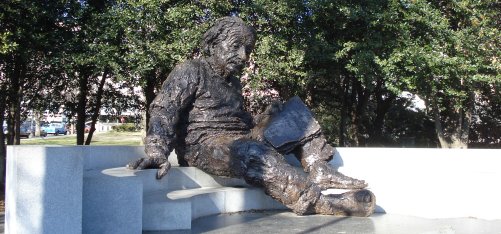
Does it really make any sense to talk about “footprints?” That assumes a one-way relationship, which is just not reflective of reality. All of us consume wealth & resources but most of us also create them. Humans come into the world with mouths to feed and various needs to meet. But they also come with hands to work and – more importantly – brains to think. Sometimes they figure out how to make things better.
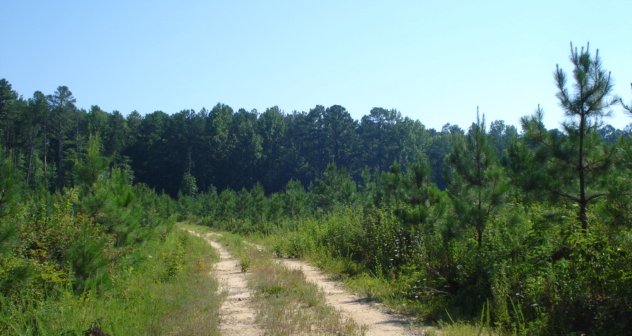
Above is my forest with five-year-old pines.

